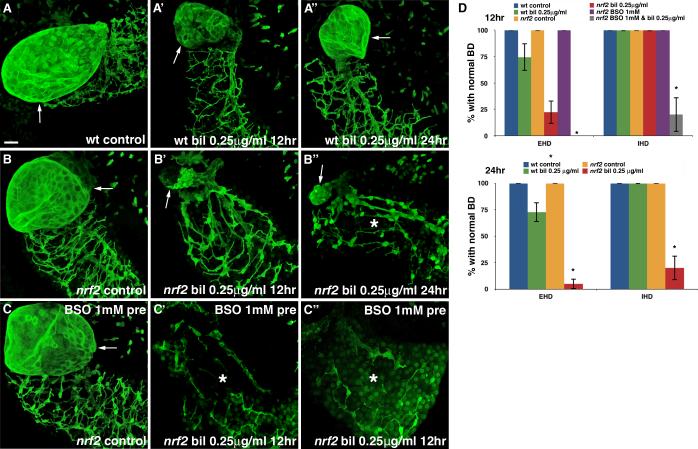Fig. 4. Nrf2 inactivation sensitizes cholangiocytes to biliatresone.
(A-A”) Confocal projections through the livers of a 6 dpf immunostained (anti-Annexin A4 antibody) wild-type (wt) control larva (A) and sibling larvae treated with low-dose biliatresone (0.25 μg/ml) for 12 hr (A’) and 24 hr (A”). The gallbladder (arrow) and IHD morphology remain normal after low-dose biliatresone incubation. (B-B”) Confocal projections through the livers of an identically processed nrf2fh318/f3h318 (nrf2) control larva (B) and sibling nrf2 mutants treated with low-dose biliatresone for 12 hr (B’) and 24 hr (B”). Gallbladder (arrow) destruction is evident in the biliatresone-treated larva at 12 hr. At 24 hr, the IHD (*) appear hypoplastic. (C-C”) Confocal projections through the livers of identically processed nrf2 mutants pre-conditioned with BSO. Severe gallbladder and IHD (*) injury is evident in larvae treated with BSO and biliatresone. Scale bar, 20 μm. (D) Percentage of wt and nrf2 mutants exposed to low-dose biliatresone, BSO, or a combination of both, with normal EHD and IHD morphology. Data represent mean of at least three experiments with 5-10 larvae per condition for each experiment. Error bars, SEM. *p < 0.001 compared to wt control larvae. Abbreviations: bil, biliatresone; BD, bile duct; BSO, buthionine sulfoximine, EHD, extrahepatic bile duct; IHD, intrahepatic bile ducts; nrf2, nrf2fh318/fh318, wt, wild-type.

